10 Spicy Secrets Behind the Perfect Chicken Noodle Pho Soup: A Global Flavor Adventure
Table of Contents
- Introduction: The Soul in the Bowl
- Pho’s Roots: From Vietnam to the World
- The Spice Lineup: Stars and Surprises
- 7 Pro Tips for Making Chicken Noodle Pho at Home
- Buying Guide: What to Look For When Choosing Ingredients
- Global Twists on a Classic: How Different Cultures Make It Their Own
- Final Thoughts: Why Pho Will Always Be Hot
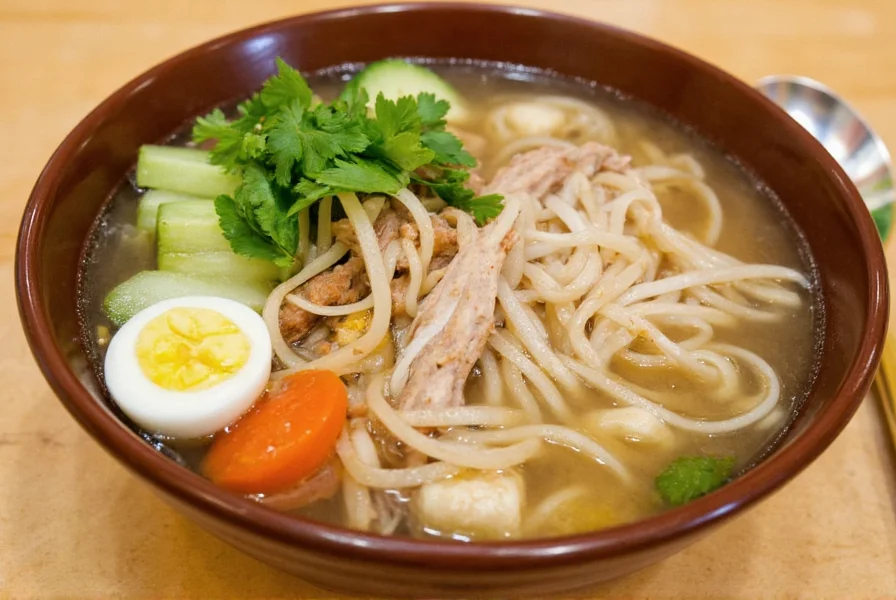
Introduction: The Soul in the Bowl
There's something deeply comforting about a steaming bowl of chicken noodle pho soup. It's more than just a meal—it's warmth, heritage, and flavor wrapped into one aromatic experience. If you've ever stood in line at a bustling Vietnamese eatery, or made your own broth at home, you know that pho isn’t just food; it’s a ritual.
In this article, we’ll take a flavorful journey through the spice-laden heart of chicken noodle pho. We’ll uncover what makes this dish so special, how to master it at home, and why it continues to win hearts across the globe.
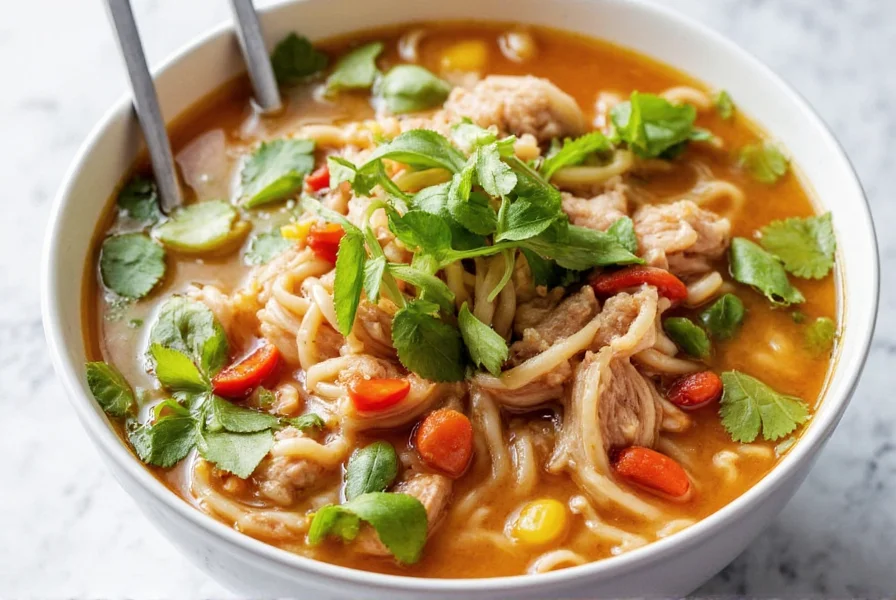
Pho’s Roots: From Vietnam to the World
Originating in early 20th-century Vietnam, pho began as a French-inspired adaptation of beef stew—boeuf bourguignon, if you will. Over time, locals infused it with indigenous spices and rice noodles, creating a uniquely Vietnamese soul-warming dish.
As waves of Vietnamese immigrants moved abroad, particularly after the 1970s, they brought their culinary traditions with them. Today, you can find versions of pho from Paris to Portland, each with its own local twist—but always rooted in those original spices.
| Region | Variation | Spice Twist |
|---|---|---|
| Vietnam (North) | Pho Bo (Beef) | Minimal, clear broth |
| Vietnam (South) | Sweet-spiced pho | More star anise and rock sugar |
| USA | Customizable bowls | Add-ons like chili oil, hoisin, sriracha |
| France | Fusion pho | Chef-infused herbs and reductions |
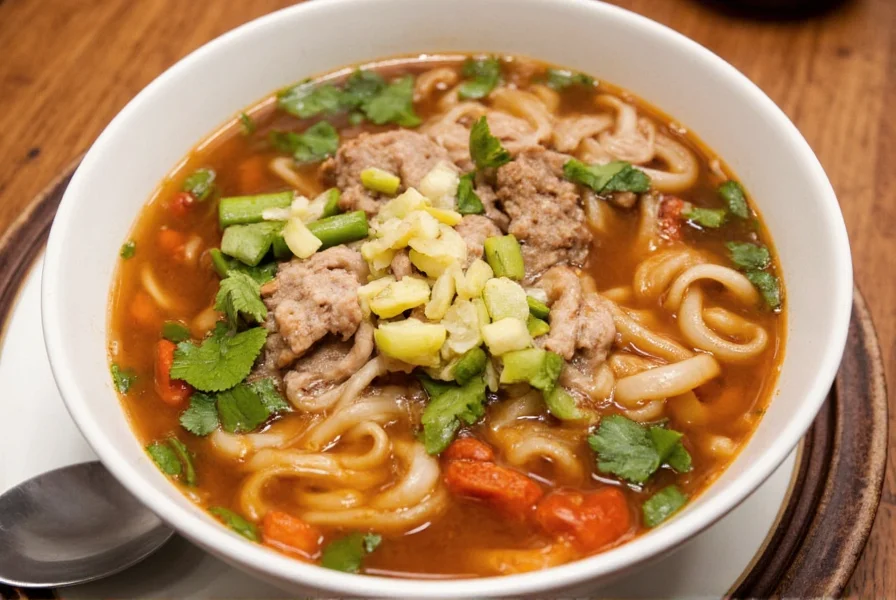
The Spice Lineup: Stars and Surprises
The magic of pho lies in its broth—and that broth is powered by a carefully balanced cast of spices:
- Star Anise: The sweet licorice note that defines pho.
- Cloves: Adds warmth and depth.
- Coriander Seeds: Earthy and slightly citrusy.
- Cinnamon Stick: Rounds out the sweetness and heat.
- Ginger & Onion: Roasted to bring out caramelized richness.
- Fennel Seeds: Optional but adds complexity.
- Pickled Chili/Chili Oil: For those who crave the burn!
Rarely do these ingredients appear together outside of Southeast Asian cooking, yet here they harmonize perfectly. Some chefs even roast the onion and ginger until charred black to unlock deeper umami flavors.
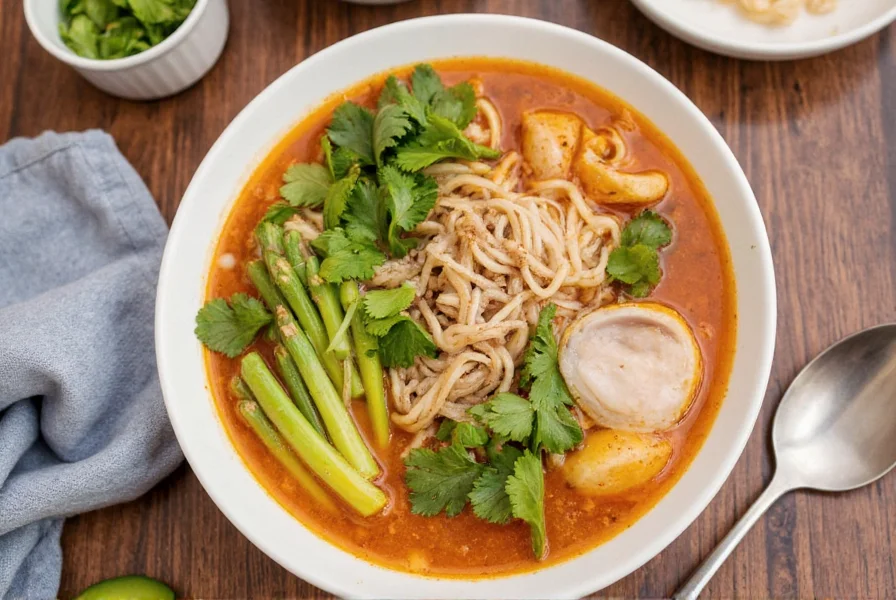
7 Pro Tips for Making Chicken Noodle Pho at Home
Ready to make your own? Here are seven secrets from pro pho-makers around the world:
- Use bone-in chicken thighs – They add richer flavor and collagen for a silky mouthfeel.
- Roast the aromatics – Don't skip roasting onions and ginger; it brings out a smoky-sweet base.
- Bloom the spices – Toast whole spices before adding them to the pot to release essential oils.
- Skim the scum – Bring the broth to a boil slowly and skim off impurities for clarity.
- Dilute for balance – If your broth tastes too strong, dilute with water or another broth like mushroom.
- Season late – Add salt toward the end to avoid over-extraction.
- Layer toppings wisely – Fresh basil, lime, chili slices, and hoisin should be added post-cook for freshness.
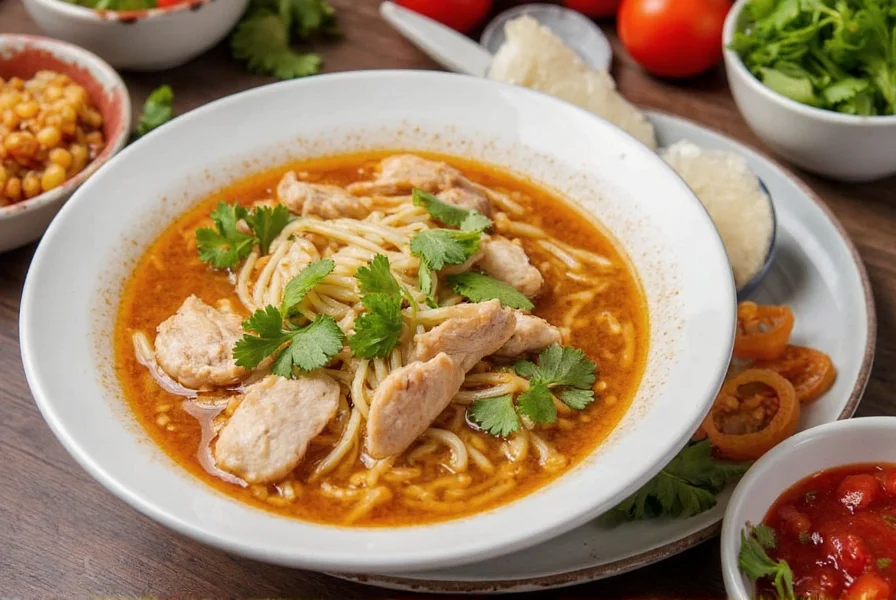
Buying Guide: What to Look For When Choosing Ingredients
If you're new to pho-making, the ingredient list might seem intimidating. Here’s what to look for when shopping:
| Ingredient | What to Look For | Why It Matters |
|---|---|---|
| Chicken Bones | Mix of carcass, necks, feet | Collagen-rich bones create a gelatinous broth |
| Star Anise | Whole, dark brown pods | Avoid powdered—anise flavor diminishes quickly |
| Cinnamon | Stick form, not powder | Ceylon cinnamon preferred for subtle flavor |
| Coriander Seeds | Dried, whole seeds | Better aroma when toasted yourself |
| Rice Noodles | Flat, dried version labeled “pho noodles” | Don’t substitute with regular pasta or vermicelli |
Top Products Recommended:
- Red Boat Fish Sauce: Clean label, high quality, no additives.
- Three Ladies Brand Rice Noodles: Authentic texture and consistency.
- Penzeys Star Anise: Organic and full-flavored.
- Lee Kum Kee Hoisin Sauce: Balanced sweetness and saltiness.
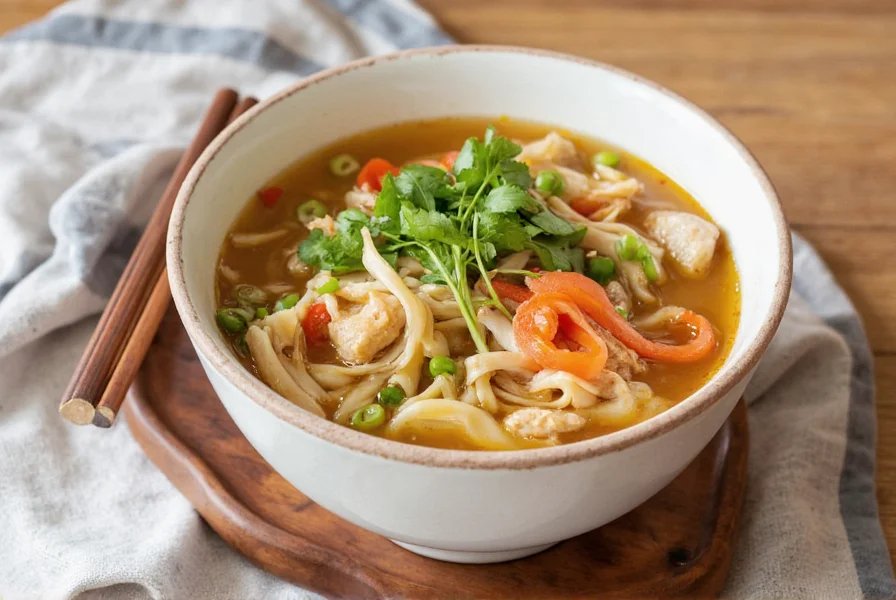
Global Twists on a Classic: How Different Cultures Make It Their Own
From Tokyo ramen bars to trendy Brooklyn spots, chefs worldwide have embraced and reinvented chicken noodle pho. Here are some exciting variations:
- Japanese Pho: Often includes miso paste and sesame oil for a nutty, umami boost.
- French Fusion Pho: Uses duck confit or truffle-infused broths.
- Korean-Inspired Pho: Garnished with kimchi, gochujang, and sesame leaves.
- Mexican Pho: Infused with cilantro, jalapeño, and sometimes epazote.
- Thai-Influenced Pho: Leverages lemongrass, kaffir lime leaves, and coconut milk.
No matter where you go, the spirit of pho remains the same—a warm, spiced-up hug in a bowl.
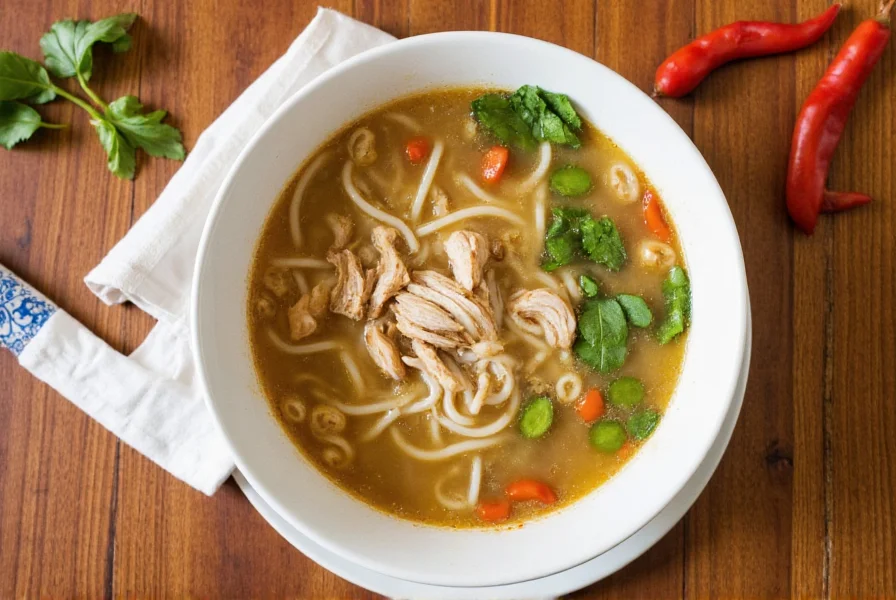
Final Thoughts: Why Pho Will Always Be Hot
Chicken noodle pho soup isn’t just a passing trend. Its blend of comforting broth, aromatic spices, and customizable elements makes it a timeless classic. Whether you're sipping it on a rainy day or spicing it up for guests at a dinner party, pho connects us across cultures and kitchens.
So grab your ladle, gather your spices, and start simmering. With a few simple tricks and the right ingredients, you’re just a few hours away from a bowl that feels like home.
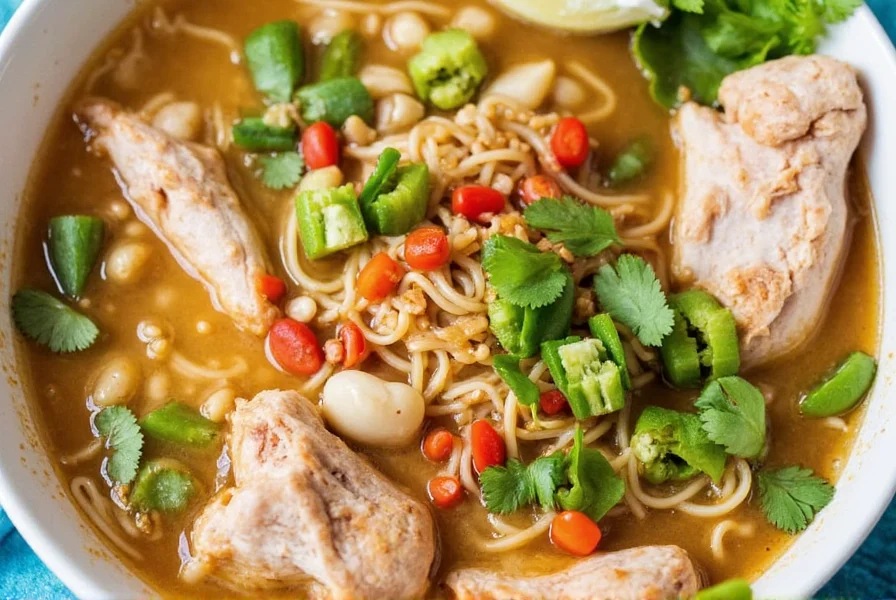

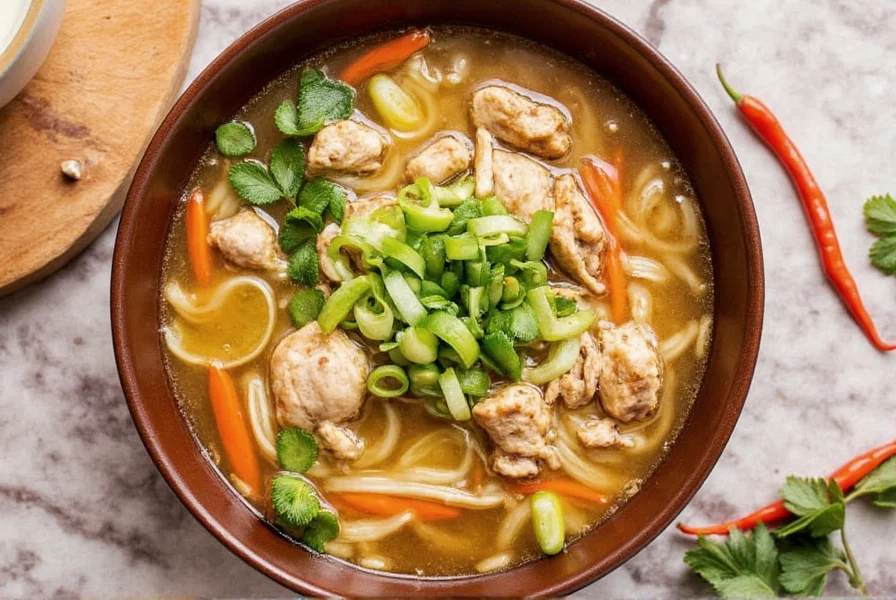









 浙公网安备
33010002000092号
浙公网安备
33010002000092号 浙B2-20120091-4
浙B2-20120091-4